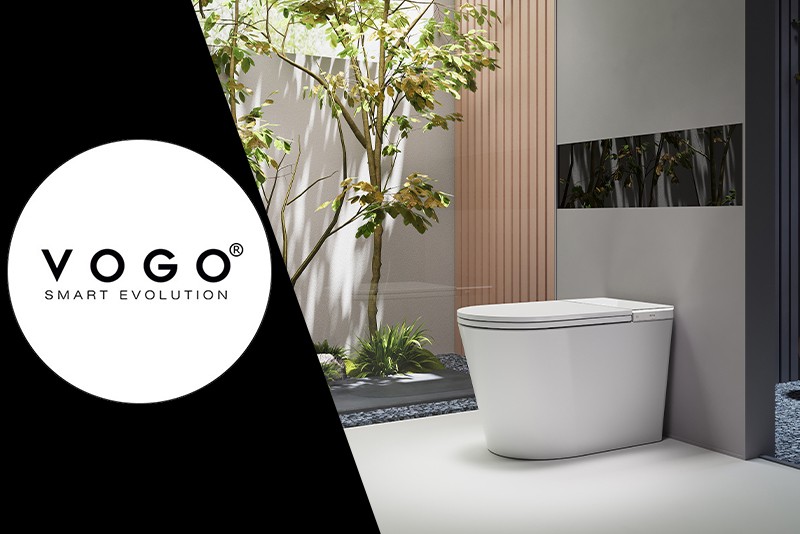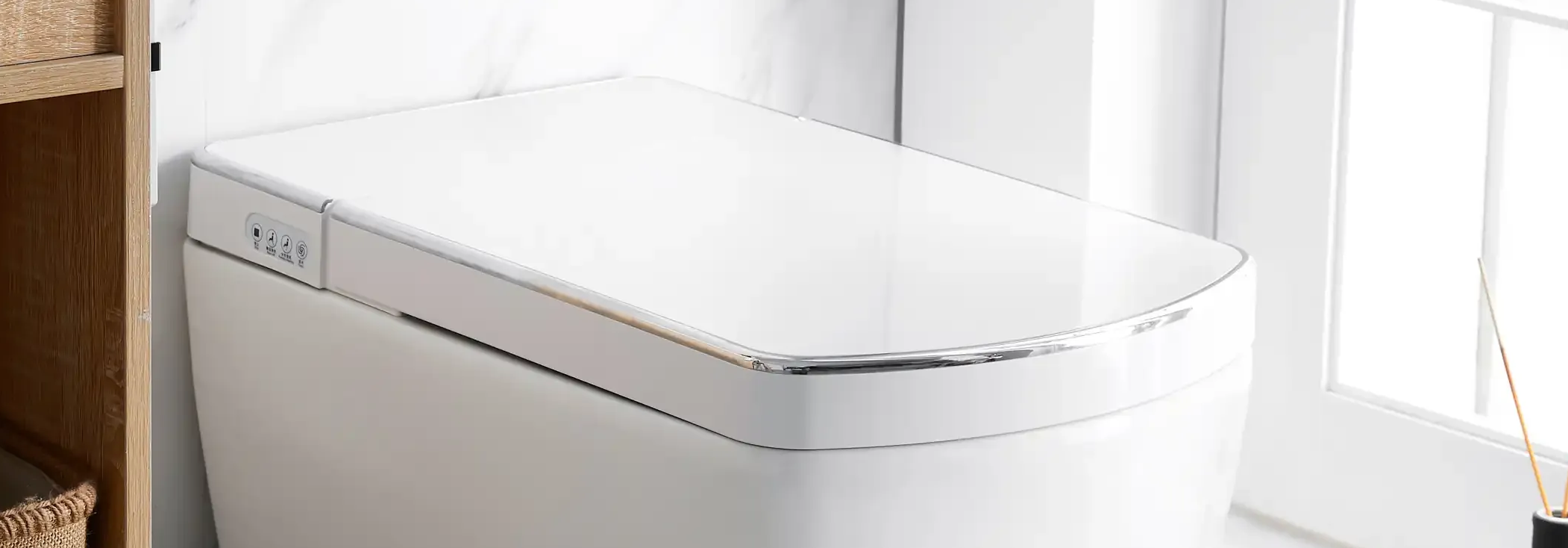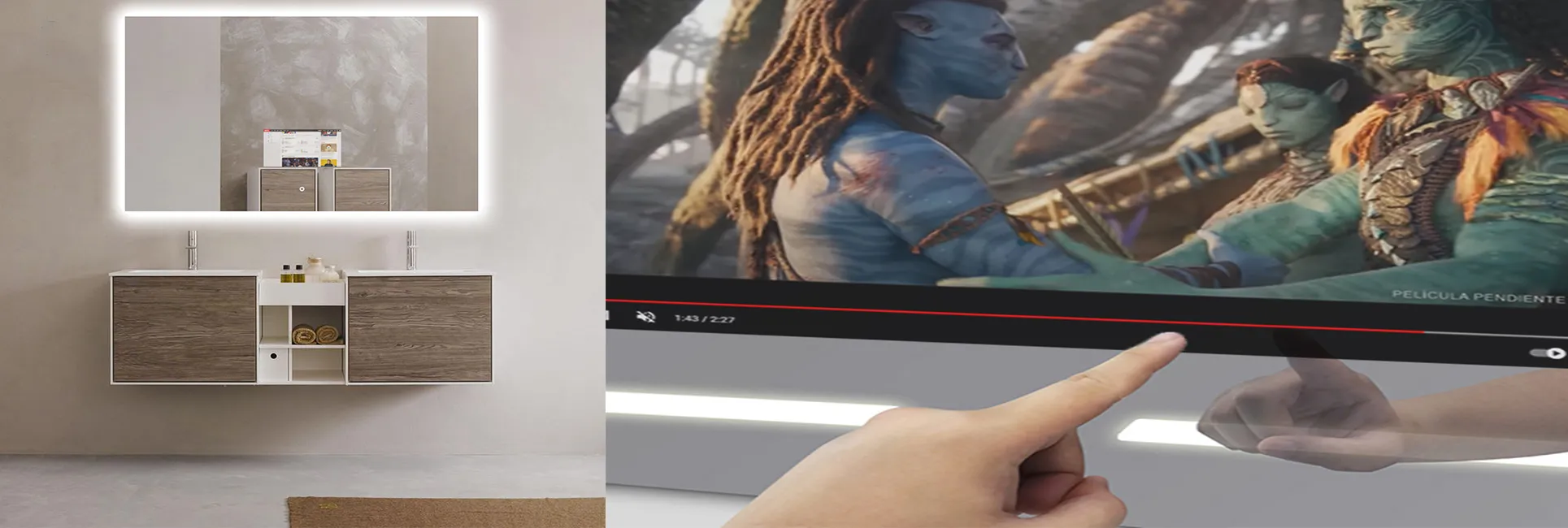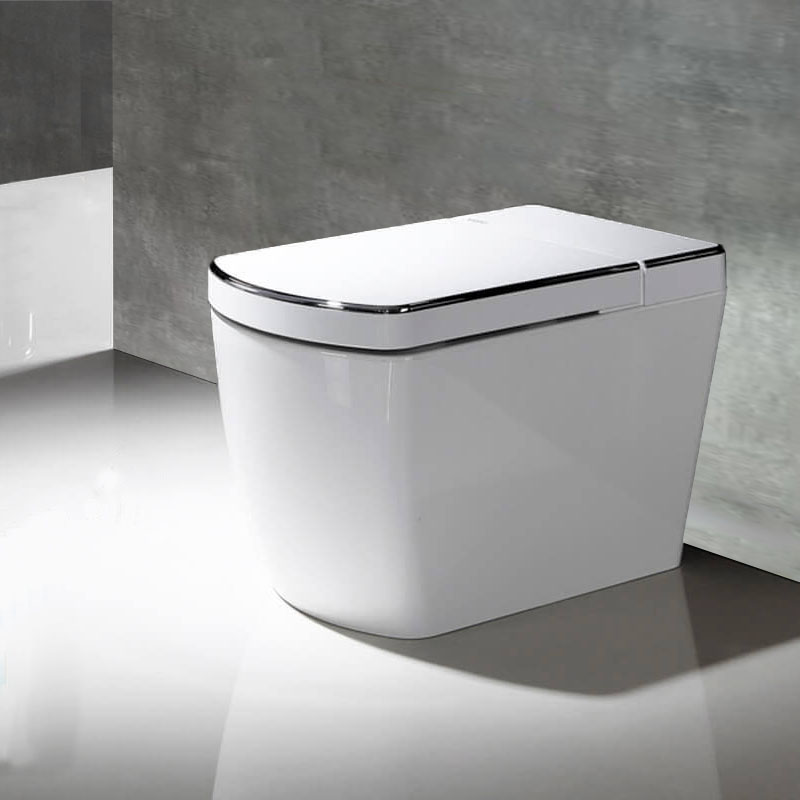
Them japanese toilets, also known as "washlets" or"electronic bidets", they are a technological innovation that has revolutionized the way people deal with their physiological needs. These toilets offer a wide range of functions, from seat heating to water jets that clean the intimate area.
THE HISTORY OF INODORO JAPONES
The History of the japanese toilets dates back to the seventeenth century, when wood stools were used with a hole in the center as portable bathrooms. These stools were used in tea houses and temples, and were an improvised solution for the lack of adequate sanitary facilities.
In the 19th century, the government japanese started building sewer systems and installing western toilets in public houses. These western toilets became a sign of status and modernity, and many people began to install them in their homes.
In the 1950s, a Japanese engineer called Kazuchika Okura he was inspired by a western-style toilet he had seen on a trip to the United States. Okura founded Toto in 1917, and in 1964 launched the first electrical toilet with seat heating. This was a great success Japan, where the cold weather makes the toilet seat especially uncomfortable in winter.
In the following decades, several companies began to add new functions to their electric toilets, like water heating for bidet, hot air jets to dry the intimate area and built-in deodorizers. Toilets with seats were also developed to improve posture and intestinal health.
THE INODORO JAPONES OF THE GILE XXI
Them japanese style toilets they have become a symbol of advanced technology and personal care in Japan, and have expanded to other countries in recent years. Although they can be expensive compared to conventional toilets, many users claim that the benefits in terms of hygiene and comfort are worth the investment.
In conclusion, the history of the japanese toilets is an example of how technological innovation can transform a everyday object into something much more advanced and useful. Japanese toilets are an example of the ability of technology to improve people's daily lives and provide innovative solutions to common problems.
THE TECHNOLOGY OF INODORO JAPONÉS
The toilets of the 21st century have experienced some technological improvements compared to ancient models. Some of the common features of the 21st century technological toilets include:
- Contactless download: many modern toilets have a contact-free download that is automatically activated after using the toilet. This prevents users from touching the toilet handle, which can be more hygienic.
- Seats with heating: some modern toilets have built-in heating seats that can make the experience more comfortable, especially in cold weather.
- Automatic cleaning systems: some modern toilets have automatic cleaning systems that use water and chemicals to keep the toilet clean. This can reduce the need for manual cleaning.
- Remote control: some modern toilets come with remote controls that allow users to control features such as seat temperature, water jet intensity and seat height.
- LED lighting: some modern toilets have built-in LED lighting that can help users find the toilet in the dark or provide a soft light during the night.
- Water saving functions: many modern toilets have water saving features that reduce the amount of water used for each discharge. This can help reduce water consumption and water bill costs.
In general, the technological toilets of the 21st century are designed to be more comfortable, hygienic and efficient than old models. However, they can also be more expensive due to the additional features they offer.



.png)




